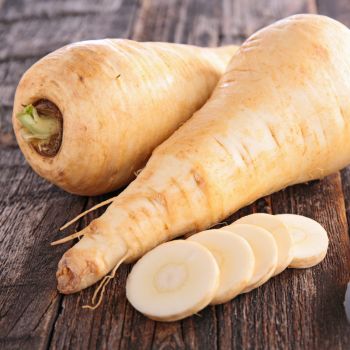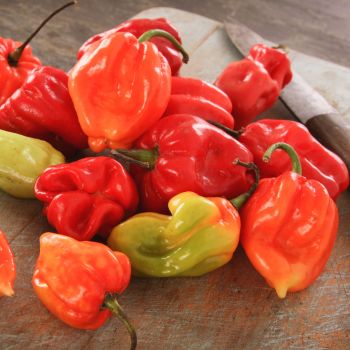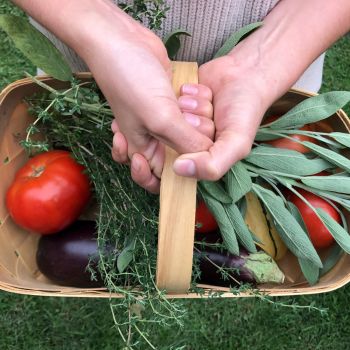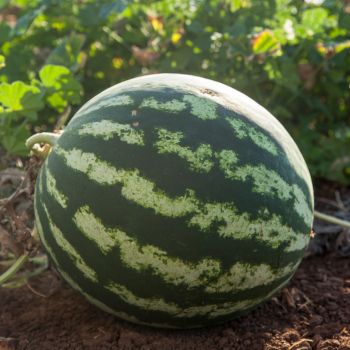Most veggie gardeners make at least a little space in their patch for tomatoes. And when you taste a homegrown fruit it's immediately obvious why they hold such appeal. Sweet, sharp, luscious, and very far from the often watery disappointments on the supermarket shelves, they can be picked at full ripeness to enjoy them at their best.
But while the rewards are high for tomato growers, it's not all plain sailing. Tomatoes can be one of the trickiest crops to grow, attracting many problems along the way. But thankfully, most of the common issues can be solved when you know what to look for.
Basic Tomato Cultivation
Although there are countless varieties of tomatoes available, they fall into two basic types, known as determinate and indeterminate.
Determinate tomatoes are also known as bush tomatoes, and produce fruits along all of their stems. These are the easiest varieties to grow, needing little or no pruning, and require supporting only when heavily laden with fruit.
Indeterminate tomatoes, or cordon tomatoes, grow their fruit only on the main side shoots of the central vine, and the other side stems need pruning or pinching out to focus growing energy on the fruits. Cordon tomatoes usually need much more extensive support, as they'll sprawl across the soil or snap their stems if left to their own devices.
But whichever type of tomato you grow, it's important to provide rich soil, consistent watering with good drainage, plenty of sun, and regular feeding once flowers begin to form. It's also important to sow seeds or plant seedlings as early as you can for your location, as many varieties need a lengthy growing season to fully ripen.
Unfortunately, this basic cultivation method can be complicated by a wide range of diseases, pests, and other problems. Here are sixteen of the most common.
1) Aphids
Every tomato grower will experience an aphid infestation at some point. While there are insecticide sprays which can solve the problem effectively, encouraging ladybirds into your garden by planting scented flowers and herbs is a good long-term strategy, alongside physical removal methods such as spraying with horticultural soap.
However, companion planting can also help immensely. Grow garlic next to your tomatoes to repel the insects, while also growing sweet basil nearby as a sacrificial offering, and you'll reduce your aphid issues while also creating the basis of an excellent homegrown pasta sauce.
More aphid control methods here.
2) Blossom End Rot
Blossom end rot is instantly recognisable from the discoloured skin on the bottom of the fruit, opposite to the stem. It's usually a sign of a calcium deficiency, either because of poor soil or depletion through over-watering.
However, reaching for the fertiliser may only make the problem worse. Adding too much nitrogen hampers the plant's ability to absorb calcium quickly enough to prevent the rot. As is so often the case, providing good free-draining soil enriched with plenty of organic matter is the best approach.
If your tomato patch is hit with blossom end rot, pick the affected fruits to stop it from spreading, and then water the soil lightly with diluted milk(50/50 water and milk) to give a quick calcium boost.
Adding egg shells to the soil at the time of planting is also a popular practice and is thought to help prevent the disease.
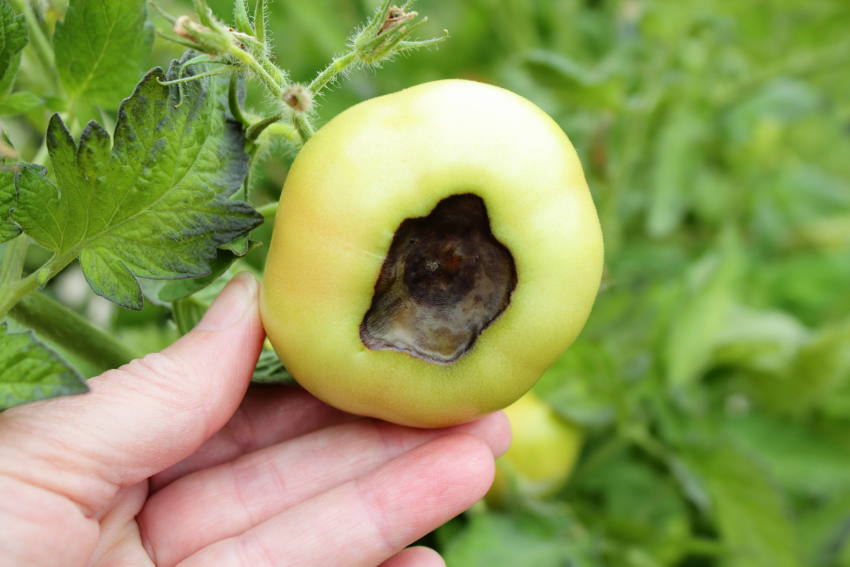
3) Cat-Facing
Cat-facing develops in a similar way to blossom end rot, but instead of the fruit becoming discoloured, it grows deformed, cracked, and pitted. There's no single fixed cause, but sustained low temperatures during the plants' early life can signal trouble ahead. Also, excessive nitrogen levels in the soil can weaken the plants and increase susceptibility.
The good news is that while affected fruits may be ugly, they're still perfectly edible with a little trimming.
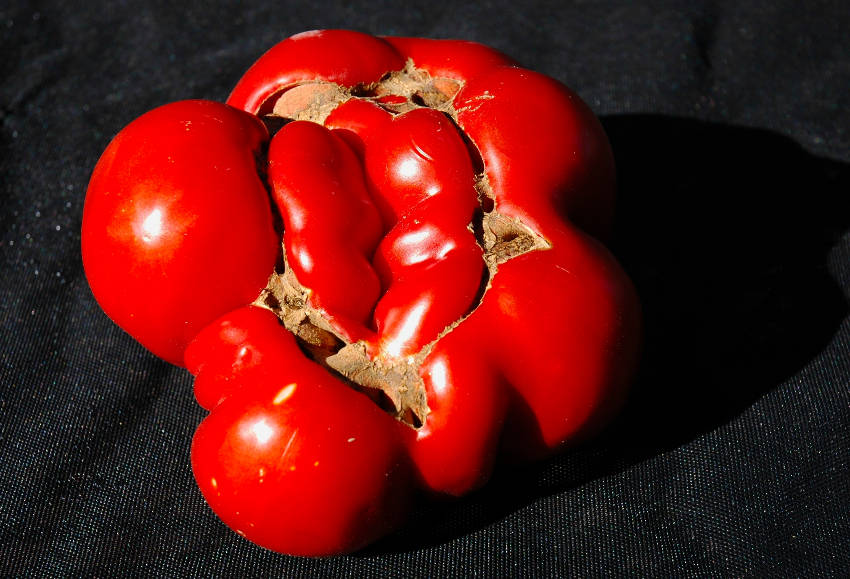
4) Blossom Drop
As the name suggests, blossom drop is when the plant produces normal amounts of flowers, but they drop off before fruit is set. The most common cause of this is extremes of temperature in either direction. There's little you can do about this other than growing varieties suited to your local climate, and choosing the growing spot carefully to provide as consistent conditions as possible.
5) Poor Fruiting
However, even in seemingly ideal conditions fruiting levels may be disappointing. Tomatoes are self pollinating and a little wind is normally enough to pollinate the flowers. However in sheltered positions or difficult growing conditions the plants may need a little extra help.
If you need to take over pollination duties, try dabbing the inside of each flower in turn with a fine paintbrush. Another method is to simulate the vibrations caused by wind by vibrating each flower at the stem with an electric toothbrush; a less reliable variation on this method is to shake the entire plant gently.
6) Sunscald
If young, unripe fruit are suddenly subject to strong, direct sunlight, they can develop whitish blisters which often then turn mouldy. To prevent this, ensure your plants are fed well so that they produce enough foliage to provide natural shade. However, if necessary, cover bare fruits with light fabric to give them some temporary protection.
7) Leaf Roll
Tomato leaf roll, also known as leaf curl, is caused by a viral infection usually spread by aphids or brought into your garden through infected seedlings. The first sign is the foliage curling inward, then starting to yellow. The plant's growth will be stunted, flowering will be reduced, and fruit setting will be impaired or stopped altogether.
The only cure is to remove infected plants and dispose of them properly. However, be aware that temporary leaf curling can happen through inconsistent watering, so rule this out as a cause before taking any drastic action.
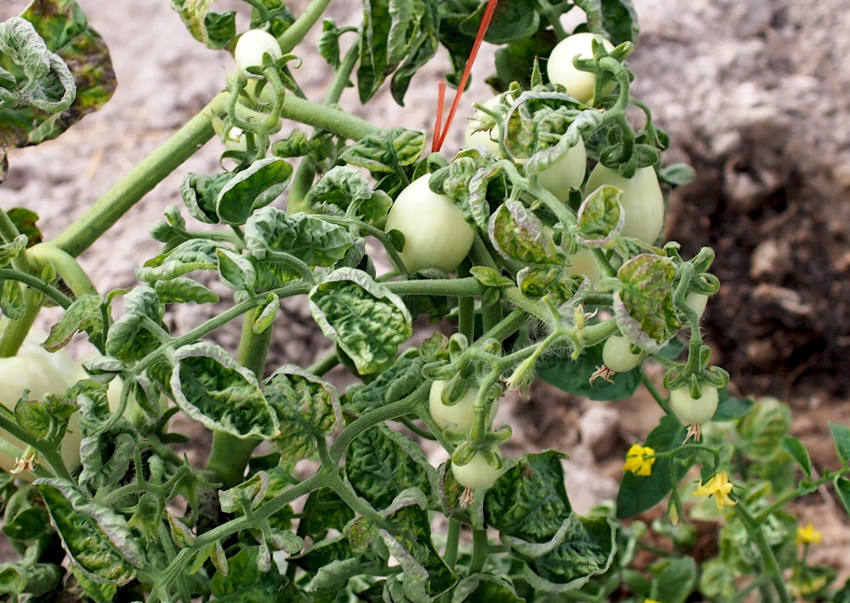
8) Bacterial Canker
Bacterial canker is a disease which affects tomatoes, peppers, eggplants, and other members of the nightshade family. It turns foliage dry and brown with yellowing veins, and as the infection advances the plant stems can crack and start to rot.
The bacteria which cause canker can survive in the soil or on infected debris for up to three years, and can quickly spread across an entire garden. There is no known chemical cure, but swift removal of infected plants, good tool hygiene, and careful watering to avoid excessive splashing can all help control the problem.
9) Cracked Fruit
Split tomatoes are a sure sign of overwatering or inconsistent watering. To prevent splitting, water your plants a little and often rather than giving them an occasional drenching followed by a drought. Also, add an organic mulch to the soil surface to help keep it moist.
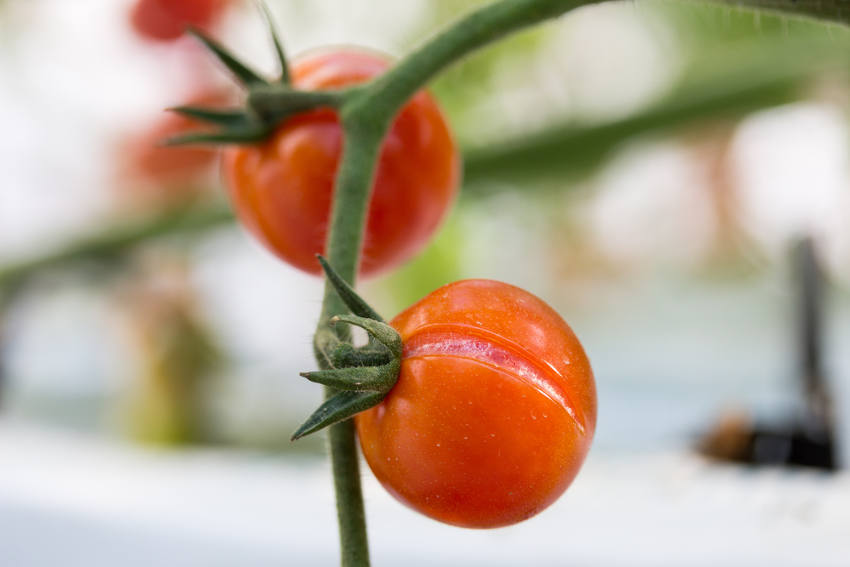
10) Hollow Fruit
Although not as immediately visible as cracked fruit, hollow fruit is another symptom of poor growing conditions. It's particularly caused excessive watering or rainfall, extreme temperatures, or high levels of nitrogen in the soil.
There's no cure for affected fruits, but if growing conditions improve the vine can still produce healthy fruits from later blossoms.
11) Early Blight
Early blight is a fungal infection that affects the leaves, stems, and fruits of a tomato plant. While it's not necessarily fatal, it stunts growth and drastically reduces fruiting. The most common symptom is ringed, brown blotches on the foliage and fruits, with lesions on the stems which can turn rotten.
Early blight is a recurring problem in affected gardens, and the best solution is to grow varieties bred for resistance. Crop rotation and good tool sanitation can also help prevent a buildup.
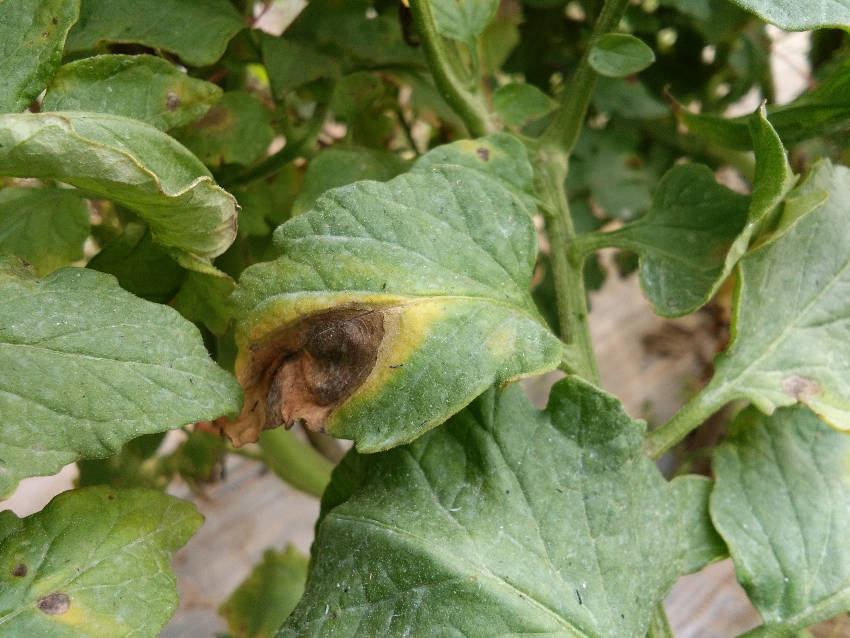
12) Fusarium Wilt
Fusarium wilt is another fungal infection which causes yellowing foliage, starting on the lower leaves and moving upward. The fungus which causes it can survive indefinitely in infected soil. Again, growing resistant varieties is the best option once the problem has been identified.
13) Verticillium Wilt
Verticillium wilt has very similar symptoms to fusarium wilt, although the yellowing progresses more slowly. Remove and destroy all affected plants, and for future years grow resistant varieties in a rotation scheme that keeps cropping in one spot at least four years apart.
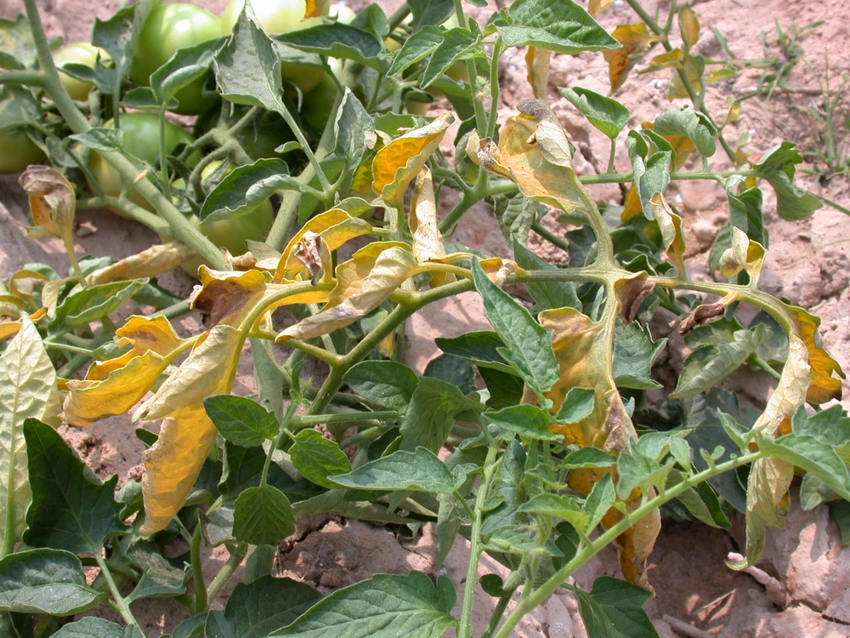
14) Septoria Leaf Spot
Septoria leaf spot is yet another fungal infection which is particularly common in wet, warm conditions. Dark brown spots first appear on the underside of lower leaves, growing and merging together over time. Eventually, infected leaves will drop and the plant will be severely weakened through a lack of photosynthesis.
Fast action is vital: remove all infected leaves as soon as you see them, and then spray the rest of the plant with an organic fungicide based on either copper or potassium bicarbonate.
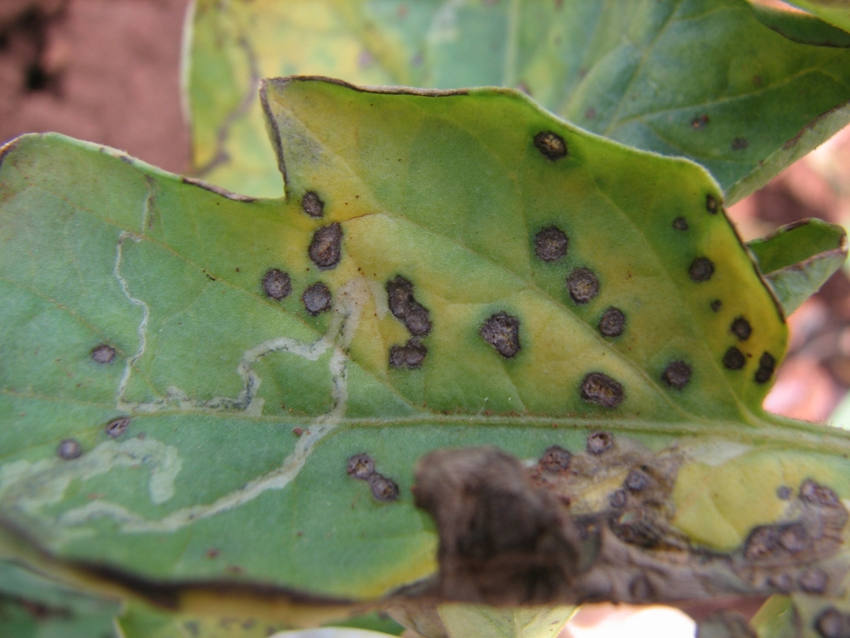
15) Powdery Mildew
Powdery mildew is an instantly recognisable fungal infection which coats foliage and stems with a white dusty mould. If left untreated, the sun-starved leaves will yellow and drop. If you catch the problem early enough, pick off and destroy all the affected leaves, and then spray plants weekly with a mixture of one part milk to five parts of water for as long as the mildew persists.
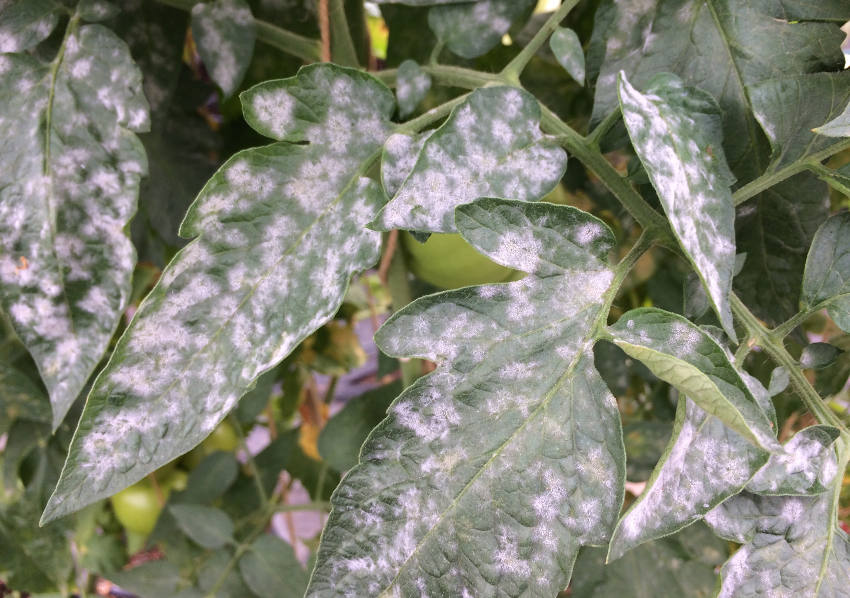
16) Nutrient Deficiencies
Lastly, nutrient deficiencies afflict tomatoes more severely than most other crops. The symptoms vary, but in general foliage will become yellow, pale, or even translucent, and in extreme cases the plant will wither and die.
While a good organic tomato feed is an effective emergency solution, effective soil management using plenty of added organic matter is the best way to prevent the problem occurring in the first place.
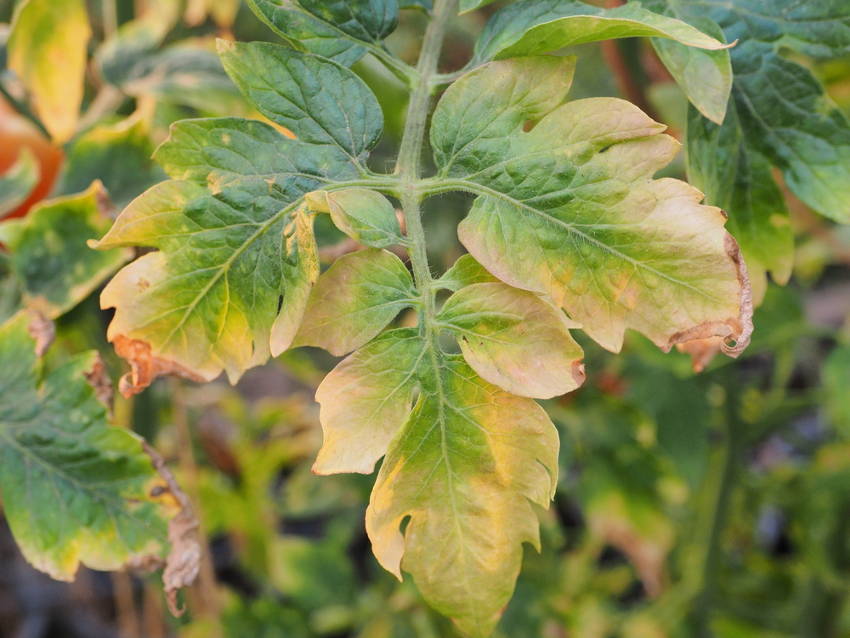
Tomatoes are an extremely rewarding fruit to grow, but the path to that sublime flavour has its fair share of pitfalls. However, if you create the best growing conditions you can and pounce on any problems as soon they arise, you'll soon be enjoying fruit that's better than anything on the supermarket shelves.


